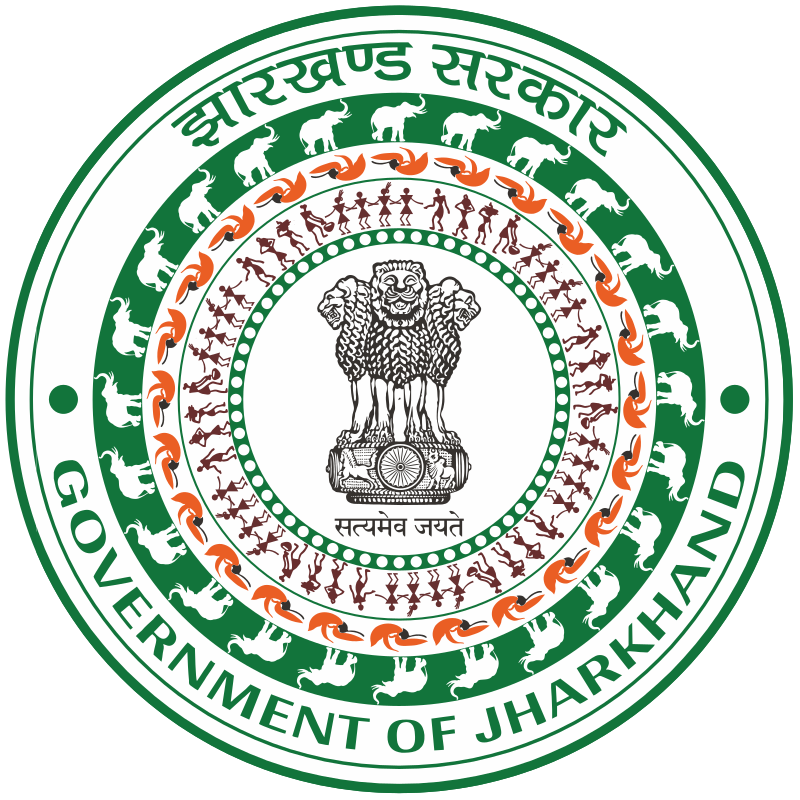
Origin of RTE
It has been pointed out that the RTE act is not new. Universal adult franchise in the act was opposed since most of the population was illiterate. Article 45 in the Constitution of India was set up as an act: The State shall endeavour to provide, within a period of ten years from the commencement of this Constitution, for free and compulsory education for all children until they complete the age of fourteen years. In the 1990s, the World Bank funded a number of measures to set up schools within easy reach of rural ommunities.
Notice & Notifications
(View all)

Benefits of RTE
Promotion of Equality
Education is a powerful tool for promoting equality by providing all individuals, regardless of their background, with equal opportunities to learn and succeed. Ensuring the Right to Education helps bridge gaps in access to education based on factors such as gender, ethnicity, socio-economic status, or disability.
Poverty Reduction
Education plays a crucial role in breaking the cycle of poverty. By providing individuals with the knowledge and skills needed to secure better employment opportunities, access healthcare, and make informed decisions, education can contribute significantly to poverty reduction efforts.
The RTE Act Provides
Free Education
Right of children to free and compulsory education till completion of elementary education in a neighbourhood school.
Responsibility
It specifies the duties and responsibilities of appropriate Governments, local authority and parents in providing free and compulsory education.
Get Admission
It makes provisions for a non-admitted child to be admitted to an entry class of private schools to their complete elementary education.
Development
It would ensure the all-round development of the child, building on the child’s knowledge, potentiality and talent and making the child free of fear.

